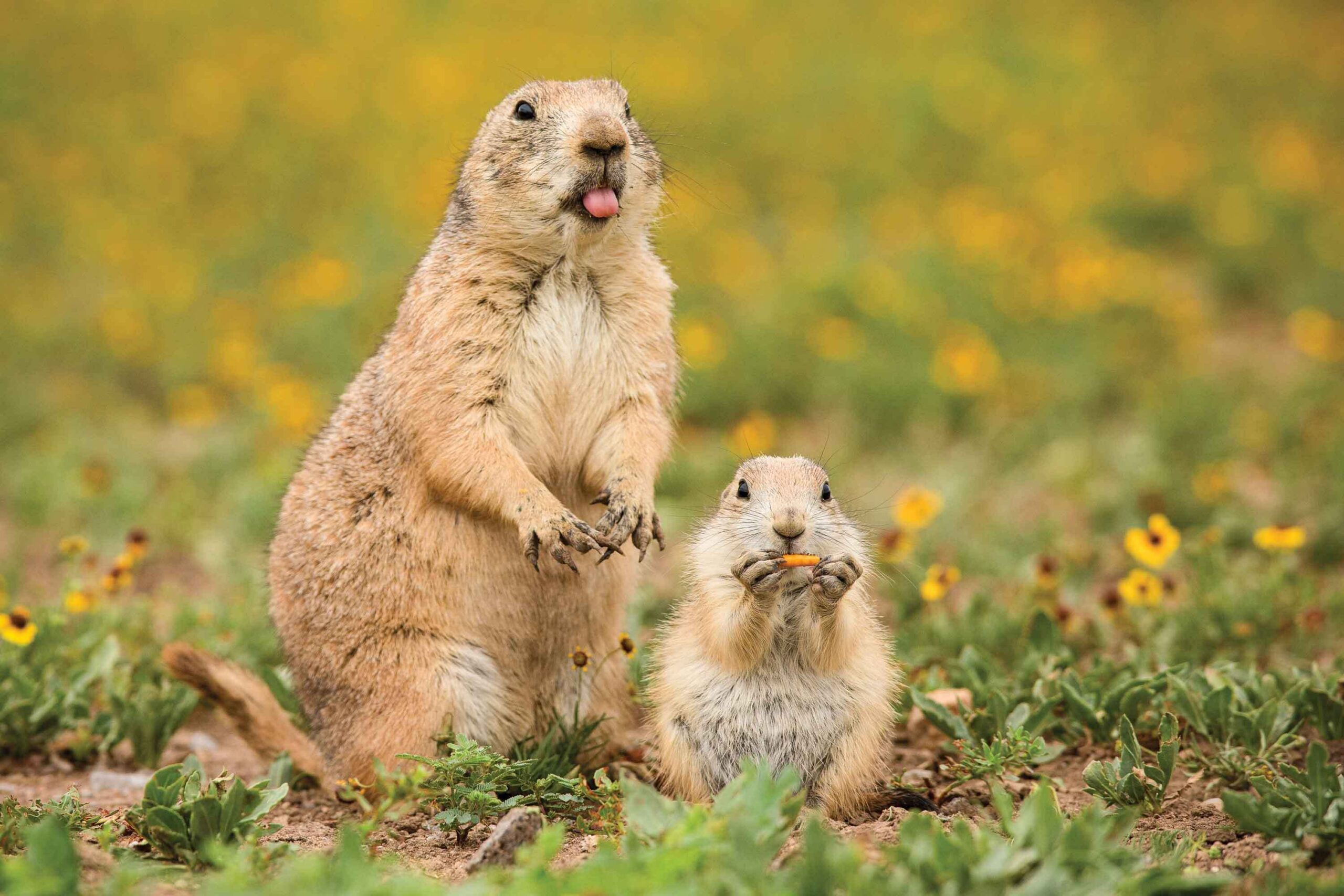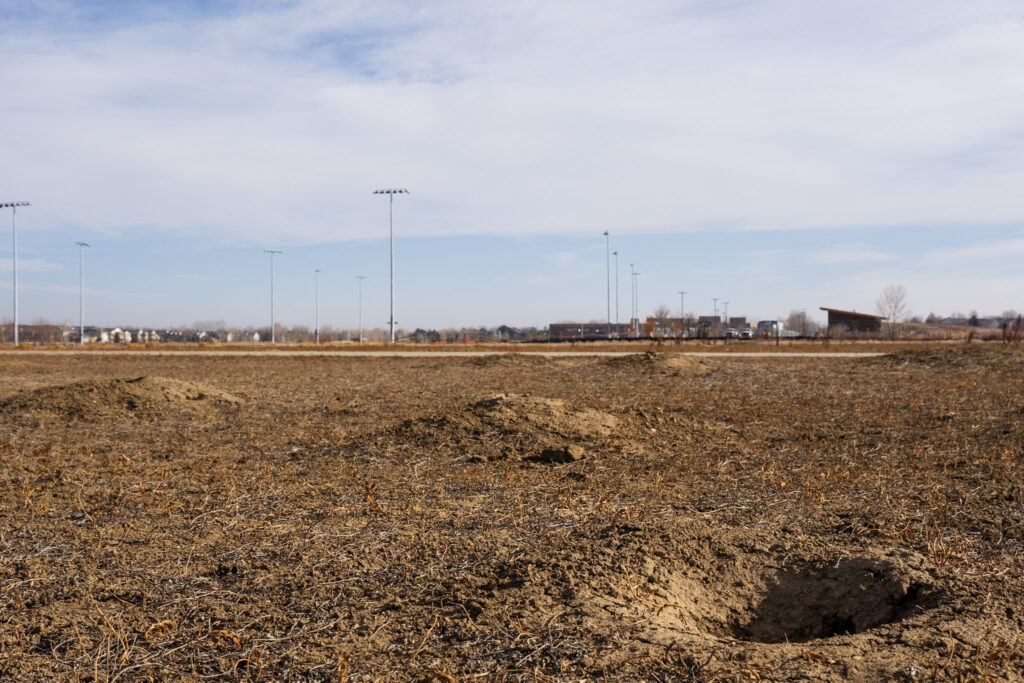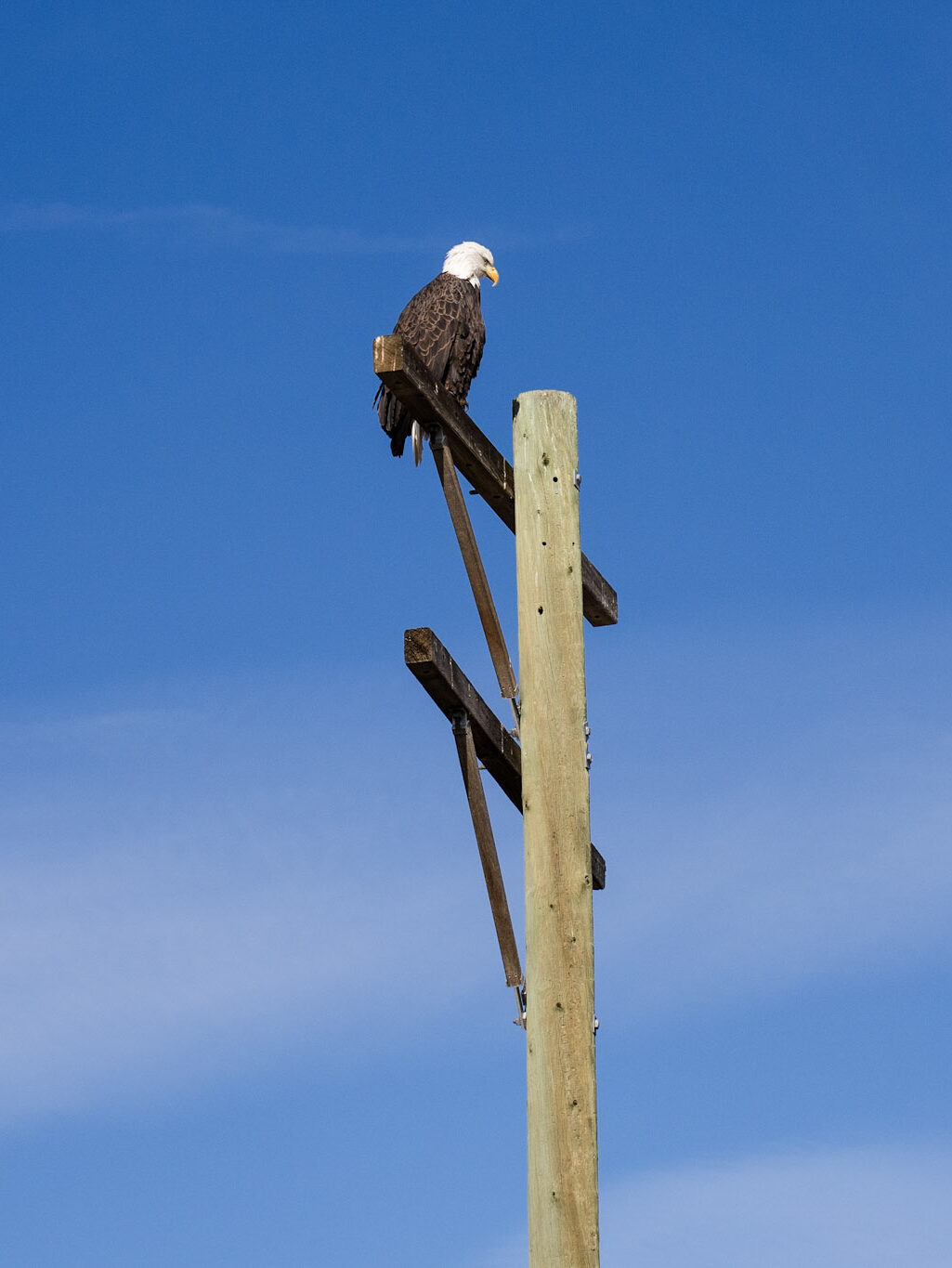
The collective stare of environmental activists penetrated the pulpit in the Longmont City Council chambers on Nov. 12, 2024. After a barrage of statements from the public calling for the city to put a halt on exterminating prairie dogs at Dry Creek Park, located off Grandview Meadows Drive, it seemed for a moment that their testimony had been heard.
Longmont Mayor Joan Peck motioned for a vote to extend a 30-day moratorium on the planned extermination at the request of the activists. But a stripped-down council presence of only four members led to a 2-2 vote — tied votes mean a motion fails — and an exasperated sigh from prairie dog lovers deflated the room.
Days later, the city commenced pumping carbon monoxide into the burrows of prairie dogs at Dry Creek.
Plans to develop this area into a community park have been in the works since the city approved the master plan in 2008. Like many developments in Longmont and throughout the Front Range, the prairie dog colony was not consistent with these plans, so the city relocated hundreds of rodents over the course of several months. Whatever animals remained are still being exterminated to make way for an unfunded park.

Prairie dogs — seen by some as a cute, playful slice of local wildlife, and by others as pests — have become martyrs in the ongoing battle between urbanization and conservation. With so much other charismatic wildlife in Colorado, from bald eagles to wolves, and the inevitability of growth in Front Range cities, we set out in another installation of our Weekly Why column to answer: Why do Coloradans care so much about prairie dogs?
Not just cute
Prairie dog habitat is found all across eastern Colorado, right up to the foothills of the Rocky Mountains. In the wake of rapid urban development, the rodents have found themselves coexisting with humans, often in parks, open space and undeveloped land adjacent to neighborhoods. For some residents, it’s a perk to live so close to wildlife.
“They’re so cute, they’re so social, you just can’t be sad looking at them,” said Longmont resident and local prairie dog advocate Jaime Fraina. “I think it’s just good for [our] mental health to get out and see those animals, being so close by to something so beautiful.”
But these playful high plains critters have a complicated history with their suburban neighbors, a relationship that is still evolving, according to urban wildlife ecologist Seth Magle.
“Human attitudes towards them have kind of shifted back and forth over the years several times,” he said. Magle, now the director for the Urban Wildlife Institute at the Lincoln Park Zoo in Nebraska, said he has witnessed the pendulum of public perception of prairie dogs swing back and forth since he first began studying them in Colorado three decades ago.
“When I was living in Colorado, I thought it was kind of funny that we had this species that in Boulder a lot of people would really get excited about and try to protect them,” he said. “Meanwhile, in other parts of the state, people are recreationally shooting them … So they’re definitely very, very polarizing,”
Naturally, the voices of conservationists get louder when a prairie dog colony is threatened, often by development projects. But unlike other urban wildlife, prairie dogs aren’t mobile, and their earthen homes are out in the open.
“Think about rats. Rats spread and they cause tons of damage,” Magle said. “The thing that’s different is the product of a house. We can identify it, and we know where they live. If you want to get rid of them, you know right where they are.”
This immobility puts prairie dogs in the direct line of fire for developers. In a way, Magle says, they’re our direct competitors.
“They’re so much like us. I mean, we see a plot of land, we want to modify it, make it somewhere we could live, change it. That’s what they’re doing.”
The trouble with coexisting
These little terraformers’ voracious appetites for their own expansion is where things get complicated with coexisting. As colonies grow, they eat down their food source, then move on to the next spot. Urbanization has confined prairie dogs into smaller and smaller areas limiting the availability of open plains habitat for them to move into.

“Once they utilize all that food resource, they’re stuck, and then their goal is to move on to the next spot,” said David Bell, Longmont’s director of Parks and Natural Resources. “That’s unfortunately going to be variants of synthetic turf. It’s going to be HOAs. It’s going to be out onto public roads.”
Prairie dogs are a notorious enemy of HOAs. They can dig up lawns, uproot trees and damage sidewalks when they burrow beneath them. The Harvest Junction HOA in Longmont south of East Ken Pratt Boulevard is weighing prairie dog mitigation options, including extermination and relocation (a cost that falls on HOA members), for a colony adjacent to the neighborhood, though there have been no reports of the rodents digging in residents’ yards.
Fraina has started a petition to urge the board to look for coexistence strategies at its next meeting on Jan. 20.
There are a number of tactics used to try and prevent colonies from expanding into undesired areas. Prairie dog barriers can be effective, but the persistent animals can eventually find a way over, under or around them. Otherwise, the colonies can outgrow their space in just a few years, “which means we have to come in every season with that carbon monoxide machine” and exterminate a portion of the population, Bell said.
Another option is to relocate the prairie dogs. In Longmont, anyone wishing to clear out prairie dogs from a piece of land larger than 1.5 acres must “first attempt in good faith to relocate the prairie dogs” according to the city’s prairie dog ordinance. (There are exemptions for existing urban development — which can include residential areas, their adjacent properties and city parks.)
At Dry Creek, the city successfully trapped and relocated 604 prairie dogs to the Pueblo Chemical Depot, where the U.S. Fish and Wildlife Service is working to reestablish the endangered black-footed ferret, whose diet almost exclusively consists of prairie dogs. When the contract expired with the relocator, Fraina and a group of volunteers stepped up with a GoFundMe to raise money for the relocation of an additional 102.
Due to a breeding season that runs from winter through spring, relocation is often limited to a handful of months a year, and only one site was accepting prairie dogs from outside its respective county in 2024, according to the Prairie Dog Coalition’s website. The Pueblo Chemical Depot only receives relocations on a season-by-season basis, so Longmont decided to remove the Dry Creek prairie dogs last year, despite the next phase of construction being unfunded until at least 2030, the city explained in an email to Boulder Weekly.
The “trap-shy” stragglers the volunteers and contractors were unable to capture were exterminated. The city estimates they were unable to capture 50 prairie dogs, and the extermination efforts are still ongoing.
What’s next for Longmont prairie dogs
Black-tailed prairie dogs aren’t on the endangered or threatened species lists. But they are considered a keystone species and vital to the habitation of protected species like bald eagles, black-footed ferrets and burrowing owls. By ecologist Magle’s own estimates, there is a 40% chance the species could be eliminated in Denver by 2067.
“There’s not a lot of cities left where they exist. And they’re a species you can go see anytime you want,” Magle said. “Those of us who live in cities have more of a need to be around some semblance of nature and wildlife than people who have easy access to that every day.”
Still, there’s been progress in conservation for the species. Along with Longmont, several other cities in Boulder County have adopted regulations that prioritize non-lethal mitigation, including Boulder and Lafayette.
“We removed over 600 prairie dogs, which 10 years ago never would’ve happened,” Bell said. “And that is because of the push we had to do relocation [in] the first place from this group.”
Fraina and Longmont’s prairie dog lovers aren’t satisfied. They still see loopholes in the city’s ordinance, and plan to suggest amendments at an upcoming city council meeting. (This was originally planned for the Jan. 21 meeting, but it has been rescheduled to accommodate interviews for Longmont’s Ward 2 representative. A new date has not yet been set.)
Suggestions include changing how developers draw colony boundaries to make habitat sizes more accurate, extending the relocation requirements to all habitats larger than 1.5 acres including existing urban developments — forcing entities like the Harvest Junction HOA to explore this route before extermination, and upping the fees for permits and exterminations to pad the city budget for habitat restoration.
Fraina hopes this will “help build up the funds and really just make it easier for residents that want to preserve to have the means to do so.”
For now, advocates will continue their conservation efforts, developers will continue developing and — where they’re allowed to exist — prairie dogs will keep digging.
“I understand that we’re humans, and we need spaces for all the stuff that we do, and in some spaces, prairie dogs are going to have to move,” Magle said. “But I do think we spend too much time thinking about the costs of living next to prairie dogs, and not enough time thinking about the benefits.”
Have another Weekly Why for us? Send your burning BoCo queries to editorial@boulderweekly.com
